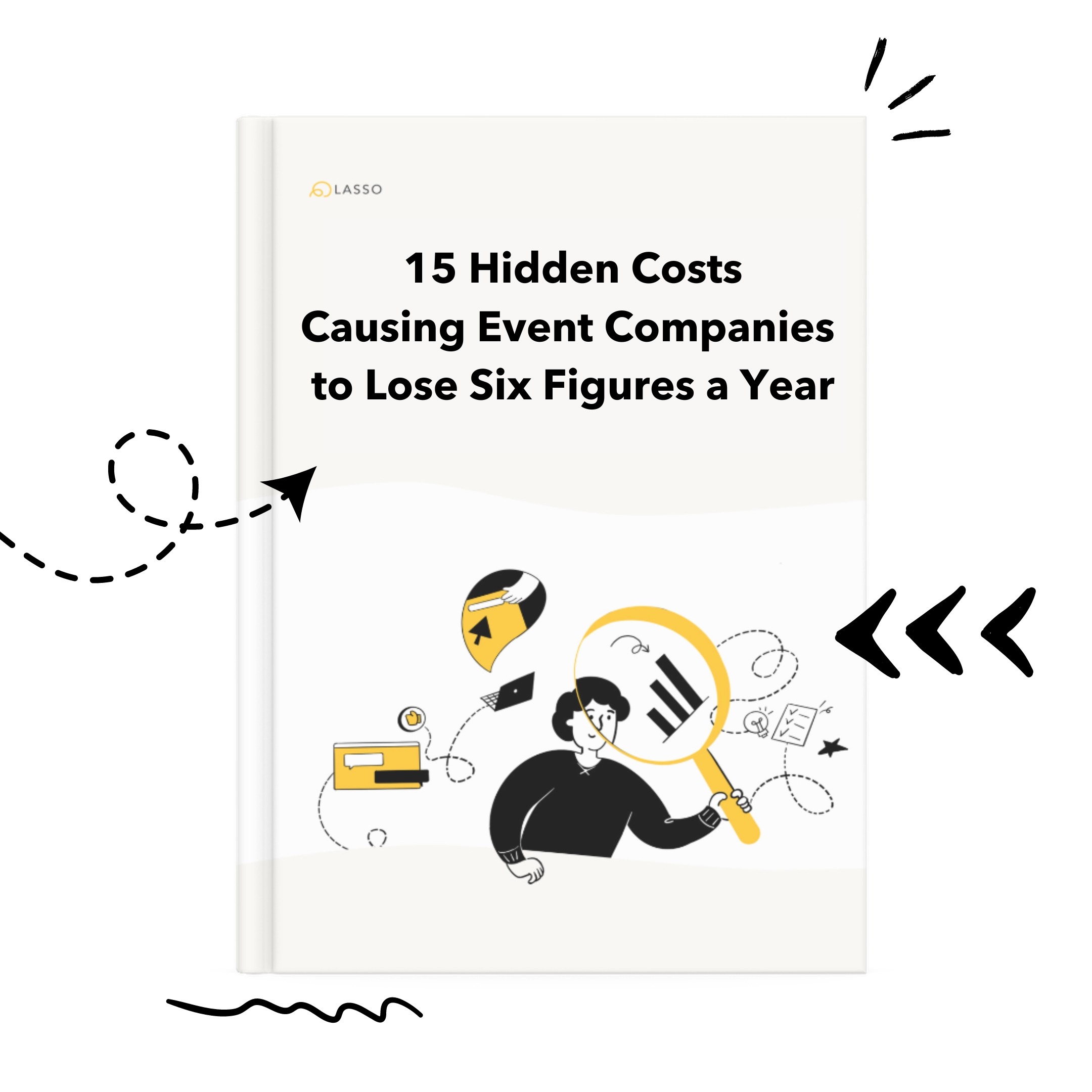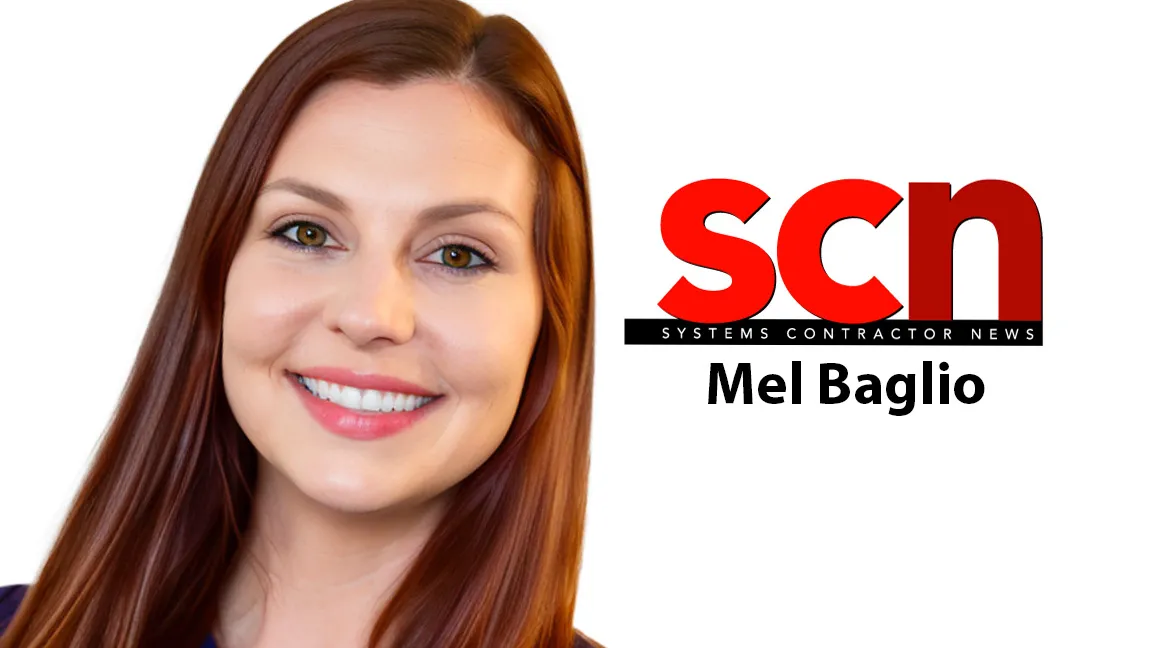‘The customer’s perception is your reality.’
This wonderful quote is true across industries. But a successful client relationship isn’t built on blind obedience or loyalty. It comes from setting realistic expectations from clients, making sure clients have realistic expectations from your team, and trying to exceed them. Minus this, we end up with confusion and angst.
Many of us have gotten into situations where we wish to get rid of the client halfway through a project because it has become so difficult to work with the client.
And this can happen with a client who checks every box on your ICP. So it’s not enough to find clients who fit the Ideal Customer Profile, we need to ascertain that they are a good fit for the entire team. Before we understand how to figure out who our ideal client is, we need to put pen to paper and be intentional about what a not-ideal customer looks like.
How do you find your perfect Client?
To a large extent, this depends on who you are. You might decide never to work with clients who do not recognize the value of your work or clients who have weak leadership skills, or clients who mistreat the entire team. I’m not sure if there’s a right or wrong way to approach identifying these categories, but it is important to take the time to think through it, if only to avoid wasting a lot of time, a lot of money, and quite honestly, a lot of angst while working.
Let’s walk through the steps to identifying this perfect customer/client.
Step-by-step process to find your perfect customer/client:
- Define who you want to be in the market.
- Ask “what is your business trying to accomplish this year?”
- Dissect your current customer base with a team of people.
- Formalize it, socialize it and realize it.
- Repeat this process and do it often.
Step 1: Define who you want to be in the market
{% video_player “embed_player” overrideable=False, type=’hsvideo2′, hide_playlist=True, viral_sharing=False, embed_button=False, autoplay=True, hidden_controls=False, loop=False, muted=False, full_width=False, width=’1280′, height=’720′, player_id=’95879000445′, style=” %}
Almost everything depends on your answer to this. It is important to be clear about what your company is, what your values are, and what your standing in the market might be. To this end, we need to ask ourselves what we’re definitely ‘not’, so we’re certain about which avenues we would never venture into. For fast-growing companies, it is crucial to track how your definition of who you are is evolving. Who we are decides who our perfect customer is.
Many companies know what kind of client they don’t want to deal with at all, while some of us pursue all leads because they’re leads! We all need cash flow to keep afloat, but this should never be at the expense of the team. The struggle to recruit and retain quality talent is real, and there are some clients that demand something the team really isn’t ready to do.
As I mentioned, saying ‘no’ is imperative in these situations. Know what you aren’t willing to sacrifice. Remember to be authentic: customers buy values, not commodities.
Step 2: Ask “what is your business trying to accomplish this year?”
{% video_player “embed_player” overrideable=False, type=’hsvideo2′, hide_playlist=True, viral_sharing=False, embed_button=False, autoplay=False, hidden_controls=False, loop=True, muted=False, full_width=False, width=’1280′, height=’720′, player_id=’95877858880′, style=” %}
The next step is to ask ourselves about our goals for the current year. What is the one thing we are collectively trying to accomplish? PCPs can, and should, change each year according to whatever’s new on the horizon. A good customer should be aligned with your changed goals, and a perfect customer should help you reach that goal. We also need to align our goals with our business needs.
Every company wants to ace customer service, but the quality of service a company provides depends on the company’s priorities, which in turn regulates the type of customer that they can properly serve. I mention three possible avenues a company might turn to: profitability, growth, and infiltrating a new vertical/geography. But the possibilities are endless.
You may be trying to land new customers or expand your business with current customers. Are you launching a new service? Everyone should spend time and find these things out before entering into a long commitment with a client. Focus on the companies that are going to help you succeed, the ones you’re set up to deliver epic experiences.
Step 3: Dissect your current customer base with a team of people
{% video_player “embed_player” overrideable=False, type=’hsvideo2′, hide_playlist=True, viral_sharing=False, embed_button=False, autoplay=False, hidden_controls=False, loop=True, muted=False, full_width=False, width=’1280′, height=’720′, player_id=’95878897000′, style=” %}
Think about what your favorite client looks like… And then describe that company/client to your team in painstaking detail. Specifics like how their team works and communicates help. But what is really needed is to understand how they handle challenges. In an industry like ours, unforeseen circumstances crop up all the time.
How do they collaborate with your team? How much do they value all the things you do for them? These are just as important as the objective things, like what are their revenues? What is their industry? What’s their geographical location?
Sometimes you may feel an amount of tension between the teams in your gut. Pay attention to it. It may be a seven-figure deal but what you stand to lose is the respect of your team. Some employees actually leave by being put consistently in stressful situations.
Because the team is at stake, it’s best to hold this discussion with a team of people (preferably a mixture of people who work directly with the client and those who support them behind the scenes because both audiences are affected). Ask your team what they like about their clients and what they cannot stand – do they like a client’s attitude or payment terms?
P.S: Make sure your perfect customer contributes to your current goal for the year. A client might be very fun to work with, but if your goal is profitability, this is not a client profile you’ll want to work with.
Step 4: Formalize it, socialize it and realize it
{% video_player “embed_player” overrideable=False, type=’hsvideo2′, hide_playlist=True, viral_sharing=False, embed_button=False, autoplay=False, hidden_controls=False, loop=True, muted=False, full_width=False, width=’1280′, height=’720′, player_id=’95878475861′, style=” %}
Assumptions… (you know what they say.) In all seriousness, stop making them. My recommendation is to put everything down on paper, be transparent in the way you are building the company image, and make that blueprint a reality.
There are plenty of tools that help you identify the perfect customer to cater to. Once you have a concrete vision of your PCP, be intentional about how you’re going to find clients who adhere to the criteria you’ve set down. I said this while describing the first step, but authenticity is everything here. It’s important to stick to the plan, and a documented plan has more chances of being taken seriously.
Step 5: Repeat this process and do it often
{% video_player “embed_player” overrideable=False, type=’hsvideo2′, hide_playlist=True, viral_sharing=False, embed_button=False, autoplay=False, hidden_controls=False, loop=True, muted=False, full_width=False, width=’1280′, height=’720′, player_id=’95878159492′, style=” %}
If you repeat a process often enough, it becomes organizational culture. That’s the ideal pattern we’re trying to establish. The phrase ‘Evolve or repeat’ is a common one, but as far as our process to find a PCP is concerned, evolution depends on repetition. In fact, it is not even a process if it hasn’t been repeated several times. Your ideal client will change over time, and perhaps the process of finding the perfect customer will also change. But drawing up a PCP has to be a constant.
Evolving PCPs also allow us to alter bits and pieces of the process that no longer make sense to continue. As with everything, this 5-step process can also be customized to suit different businesses.
Remember, there’s no one-size-fits-all PCP.
So it’s best to meet with your team periodically and compare notes on what the perfect customer looks like. There’s no right or wrong; this is something you have to decide as a company, but go deep into the question. Talking about surface qualities won’t get you closer to your PCP.
Identifying your PCP is also a great way to get more clarity on the kind of pace you/your team are comfortable with, and the kind of business you want to do. I know it takes real courage to decide that so-and-so customer really isn’t the right fit for you, and you may feel like you cannot afford to lose either the opportunity or the revenue. It’s tough, but it is really essential to retain your team morale and integrity by working with clients that understand and respect your way of doing things.
The perfect customer makes it easy(er) to be their perfect solution provider.
You might like: Episode 26: 5 Steps to Identify Your Perfect Customer





